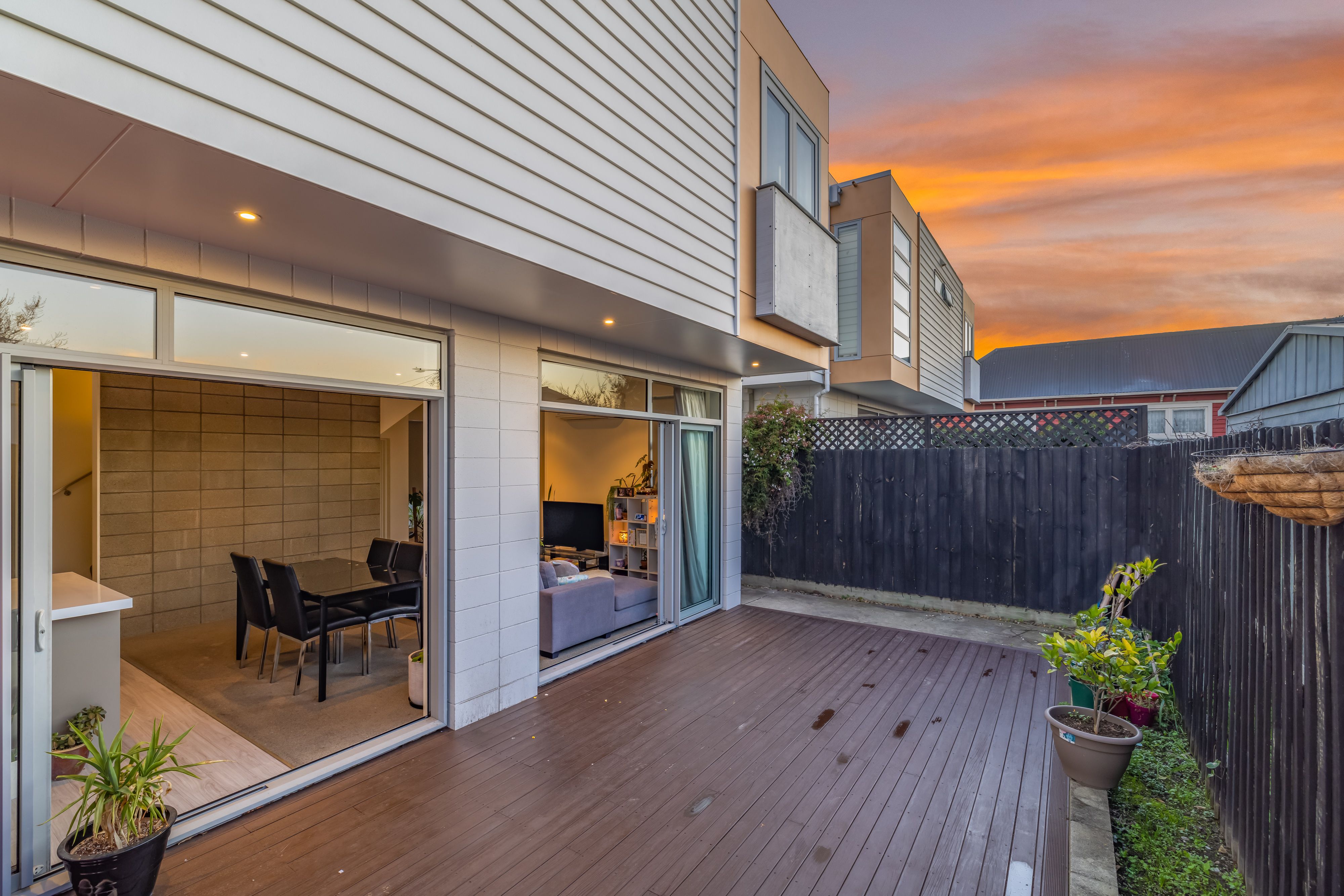

#Psychopy scale description full
The full PsychoPy experiment which can be opened in the Builder can be downloaded here: adaptive_listening.psyexpįinally, to customize the behavior of the trial routine and to be able to use Parselmouth inside the PsychoPy experiment, we still add a Code component to the routine. We also insert a loop around this routine of the type staircase, such that PsychoPy will take care of the actual implementation of the loop in adaptive staircase design. In this Builder, a user can create multiple experimental ‘routines’ out of different ‘components’ and combine them through ‘loops’, that can all be configuredįor our simple example, we create a single routine trial, with a Sound, a Keyboard, and a Text component. However, PsychoPy also features a so-called Builder interface, which is a graphical interface to set up experiments with minimal or no coding. Stimulus was “bat” or “bet”, the noise level is then either increased or decreased.Īs Parselmouth is just another Python library, using it from the PsychoPy Coder interface or from a standard Python script that imports the psychopy module is quite straightforward. Depending on whether the participant correctly identifies whether the noisy At every iteration of the experiment, we want to generate a version of these audio files with a specific signal-to-noise ratio, of course using Parselmouth to do so. In this example, we use an adaptive staircase experiment to determine the minimal amount of noise that makes the participant unable to distinguish between two audio fragments, “bat” and “bet” ( bat.wav, bet.wav). Attention, Perception, & Psychophysics, 63, 1377–1388., or the PsychoPy tutorial at. Adaptive threshold estimation with unforced-choice tasks. The following example shows how easily Python code that uses Parselmouth can be injected in such an experiment following an adaptive staircase experimental design, atĮach trial of the experiment a new stimulus is generated based on the responses of the participant. Parselmouth also allows Praat functionality to be included in an interactive PsychoPy experiment (refer to the subsection on installing Parselmouth for PsychoPy for detailed installation instructions for the PsychoPy graphical interface, the PsychoPy Builder). You can do this, by using a Screen object's screen property, which is either a PyGame Surface or a list of PsychoPy stimuli.An online, interactive version of this example is available at Binder: PsychoPy experiments ¶ If, however, you miss certain functionality, it is possibly to use PyGame or PsychoPy (depending on which DISPTYPE you use) to directly add stimuli to your Screen object. It is advised to do as much of the preparing of Screens during parts of your experiment where timing is not crucial, for example at the beginning of your experiment or at the beginning of a single trial.Ī Screen object has methods for directly drawing all sorts of stimuli, including rectangles, circles, text and images.

You can use as many Screen objects as you want and doing so is generaly a Good Idea. Usually, you will want to use only one Display per experiment.Ī Screen object is used to prepare a stimulus display, without directly showing it. Calling the show method will refresh the monitor, using the current contents of the Display. Calling the fill method will change the contents of the Display. The Display object is used to directly communicate with the computer monitor. The screen library is used to create Display and Screen objects, to communicate with a computer monitor and to prepare stimuli in the background.


 0 kommentar(er)
0 kommentar(er)
